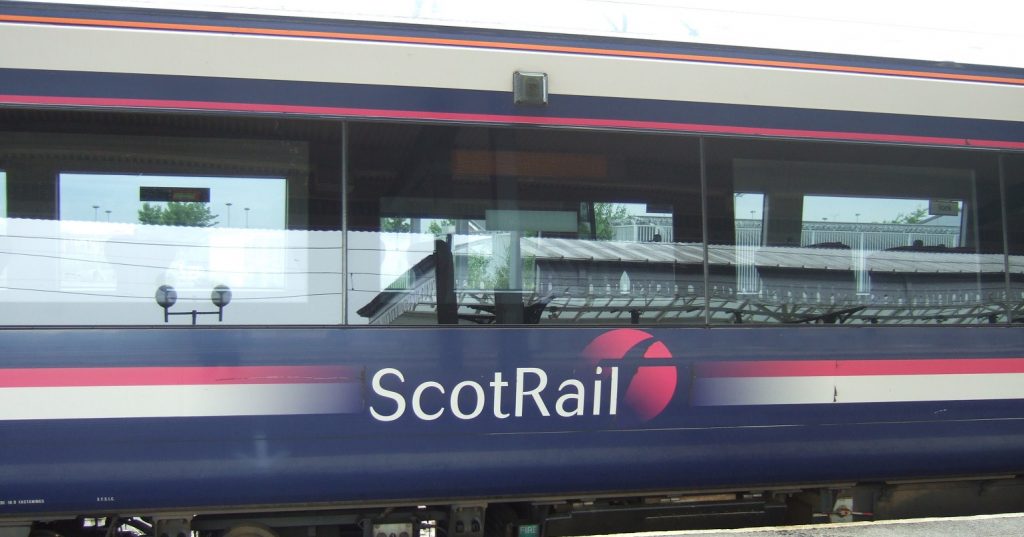201st Decade Technology Part 3 – Transport after oil
And so for our third, and for now final, tech review we head back to something physical and perhaps more stereotypically green. David McKay, who I’ll continue to source for most of my figures, and there’ll be a few here, suggests the typical affluent person uses around 195kWh/day of power (250kWh/day for an American). Of that about 125kWh/day are used directly by us, with the rest embedded in the stuff we buy (~40kWh/d), conversion losses and so on. Of that 125 around 35% goes on transport. So if we want to give ourselves any chance of covering our needs by renewable power alone, and even if we make strides in efficiencies elsewhere and cut down on the amount of tat we consume, we’re still going to need to do something about that big block of energy we’re currently throwing out the back of our exhausts.
4.Transport
Luckily, there have been one or two technologies in the last ten years where we might be able to make some progress here. Hybrid cars are making strides into the marketplace, the Honda Insight was the top selling car in Japan in April 09, and of the Prius (launched in Japan in 1997 but not worldwide till 2001) nearly one and a half million had been sold by last Summer. Hybrid cars alone aren’t going to solve our problems, they can save something of the order of 20-30% of the energy of an equivalently sized car, but 20-30% isn’t nothing. What’s more the advances in battery technology, amongst others, helps prepare the industry for fully electric cars. That’s one reason why hybrids are a much better step towards really low emission vehicles than the distractions of hydrogen or compressed gas or any of the other less mainstream suggestions. Another being the huge inefficiency of hydrogen, but back to electric cars.
A useful comparison at this stage is the energy consumption of various forms of transport. Again David McKay has some good figures on this but as a rough estimate carrying one passenger 100km in an averagely filled car takes 68kWh, in a bus 20kWh, on rail 3-10kWh and by air 50kWh.
The Tesla Roadster, an electric car with a top speed of 125 mph and 0-60 in 3.7s, uses approximately 15kWh per 100 km. Launched in 2008 it has a range of 244 miles and an expected battery life of 7 years or 100,000 miles. It does only seat 2 people and cost over £80,000 but it shows what can be done and a 7 seater model with a range of 300 miles is planned for 2012.
On the other hand, what that list of approximate efficiencies above might have suggested to you is that public transport is much more efficient than private and land based more efficient than airborne. That shouldn’t really come as much of a surprise to any of you, unless you work in government of course and can’t really see the need to invest in a proper rail network when we could just build more motorways and hope the market sorts out those more efficient cars by itself. I’d like to see a proper high speed network in this country, high-speed electric trains at 125mph use around 3kWh/100 seat-km, of course that’s only efficient if those seats are being filled, but rail passenger numbers are on the increase and no doubt would be higher still if the trains ran on time and didn’t have to compete with air travel that paid it’s real cost.
So it’s good news, of a sort, to hear we may finally get some high speed rail in the UK, unfortunately it won’t reach me in Scotland for 30 years probably. How about for once we get ahead of the rest of the world rather than trying to catch up 50 years late? Magnetic levitation trains, where a superconducting electro-magnet repels the train from a permanent magnetic rail and, thereby, greatly reduces the friction, have the potential to offer travel several times faster than our current service. The upgrade of the west coast mainline will allow trains to travel at around 125mph. One plan for maglev trains in the UK suggested they could travel at maximum speeds of over 300mph, cutting Edinburgh to Glasgow to 15 minutes or London to Manchester to under an hour.
There aren’t many maglev systems in operation now so it’s hard to judge exactly how fast they might go, how much they might cost or how efficient they would be. One system we can look at, though, opened in 2004 in Shanghai, over the 30km from the city to the airport it reaches a maximum speed of nearly 270mph and averages over 150mph and for those who suggest that really high speed rail is as energy intensive as air travel it does all that for 2.2kWh/100 seat-km.




However, one of the main problems with this career is that since
it is known to be such a great opportunity, schools are filling up quickly with students who would like to become
X-Ray Techs. It started with an itchy throat, then followed by mild coughing.
[2] About 90% of breast cancers are due not to heredity, but
to genetic abnormalities that happen as a result of the aging
process and life in general.
hybrid cars would be the best thing because they are less polluting to the environment ,-`
the best thing about hybrid cars is that they do not pollute the environment in the same way that petrol cars do-*-
i like hybrid cars because they are more energy efficient compared to petrol engines’;’
hybrid cars are energy efficient compared to diesel or gas powered cars.’*”
Apropos of nothing, here are my top 5 201st decade inventions I’ve used today:
5. Mobile broadband
4. the Dyson Airblade
3. the iPhone
2. the Oyster card
1. Twitter
exciting stuff. I had always believed the stuff about mag-lev being really inefficient, so this is great to read.